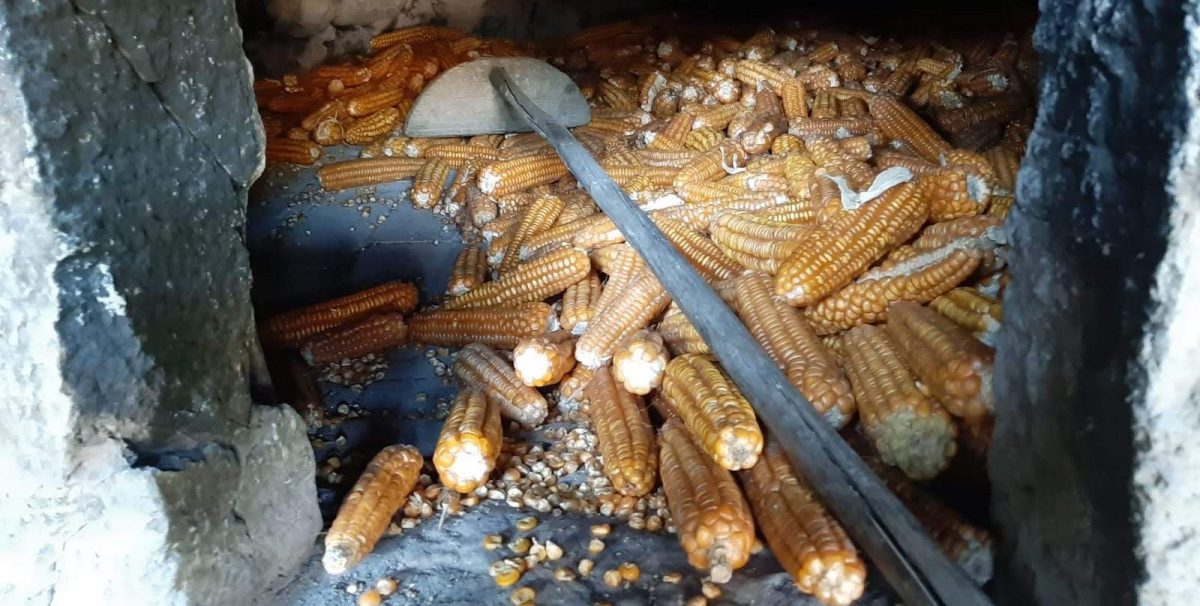Archives
There are several proverbs in Basque which remind us that maize is sown in April, according to the agricultural calendar: San Jurgi, artoak ereiteko goizegi; San Markos, artoak ereinda balegoz ‘St George’s Day −23 April− is still early for sowing the maize fields, but for St Mark’s Day −25 April− they should be already sown’; or this other one: San Markos astea, atzekoa baino aurrekoa artoa ereiteko hobea ‘St Mark’s festivities, the week before is better than the week after for maize sowing’.
Despite its deep cultural roots in our land, maize originated in America, and its introduction marked a before and an after. Possibly cultivated as early as the 16th century, its expansion began in the mid-17th century and generalized by the 18th, to the detriment of millet.
Maize imported from America would be known as mijo mayor ‘larger millet’, mijo de las Indias ‘millet from the Indies’ or simply maíz, in Spanish, and arto handia ‘large millet’, in Basque, artatxikia ‘small millet’ designating autochthonous small-grain millet.

Grain drying. Armintza, Lemoiz (Bizkaia), 2019. Enrike Gaubeka. Labayru Fundazioa Photographic Archive.
This is a follow-up of a previous post, published on 26 April 2019, dedicated to the cultivation and harvesting of maize.
Freshly-harvested, tender maize ears were roasted in the traditional wood-burning oven used for baking bread. Flour from oven-roasted maize grain (labartoa) is ideal for making flatbreads (taloak), typically soaked in milk or accompanied with pan-fried pork products (sartenekoa) such as chorizo and other fatty meat cuts. Maize flatbreads used to be toasted on a griddled placed over the glowing coals of the hearth (behesua) in the very old days, and on the kitchen stove (txapea) more recently. (more…)

Artoak. Labayru Fundazioa Photographic Archive.
Maize (artoa) would be sown in April, immediately after a winter crop of turnip, and harvested in October, right in time for wheat sowing. Seed from selected maize ears (artaburuak) was saved from one year to the next.
In former times seeds would be broadcast by hand and the soil harrowed in order to spread them evenly and cover them. Later on planters started to be used to lay seeds down in rows. Seedlings are to be thinned following germination, so the remaining plants have adequate space for growth. When maize plants are well up, bean seeds can be sown among them, because bean germinates rapidly and would otherwise take away the sunlight maize plants need to prosper. Maize was indeed traditionally, and still is, intercropped with beans, maize stalks serving as poles for the bean plants. Bean sowing was best done by a team of three: one dug the hole, another planted the seed, and a third one covered it. (more…)




